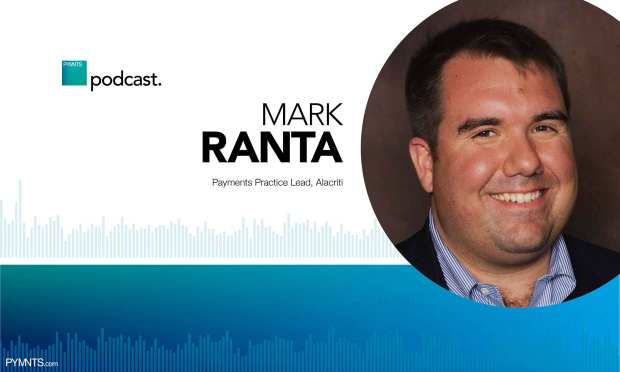Real-Time Payments Move Past Early Adopters

The tipping point toward real-time payments’ ubiquity might be closer than many observers think, Mark Ranta, payments practice lead at FinTech Alacriti, told PYMNTS in a recent interview.
Ranta said RTP is already past the “early adopter” stage and moving into the “fast follower” phase of its evolution.
After all, The Clearing House’s RTP infrastructure is already up and running. Partner banks and other stakeholders are connected to that infrastructure and completing transactions, although some banks are send-only and others are receive-only. Meanwhile, a second batch of financial institutions (FIs) is turning on the proverbial switches and gearing up projects to join real-time networks, Ranta said.
And beyond TCH and RTP, the Federal Reserve’s FedNow real-time payments solution looms. Ranta said FedNow will create broader competition in the market.
“The good news is that the modern technology and the available platforms mean [financial institutions] FIs don’t have to make a ‘call’ and lay large bets on systems that either have an insignificant amount of volume or aren’t even extant today,” Ranta said.
Instant Paychecks Should Get Consumers Interested
But Ranta added that when it comes to the consumer, the critical use cases that could spur wider adoption aren’t there quite yet.
“We have not seen the use cases or the digital overlay services rolled out,” he noted. But he added that “those are starting, and we’re probably at the beginning of the early adopter phase from that perspective.”
Ranta added that the “tipping point” use case that might “set the match” and light the dry powder underpinning RTP could come through a transformation of payroll activities via instant paychecks. He said companies like Uber have already seen worker enthusiasm for instant access to earned wages and other offerings, but that’s just the beginning.
Ranta noted that ADP and Paychex have made announcements that they’re embracing the RTP network, allowing individuals on that network to receive their paychecks earlier.
“Instead of the payroll going out Wednesday and you get it every second Friday, as soon as that payroll hits on Wednesday, the payment would be cleared and settled into your account,” he said.
That accelerated settlement of funds can be especially useful for individuals and families living paycheck to paycheck (which PYMNTS research has found represent roughly 60 percent of U.S. consumers). Ranta predicted that as workers share stories with one another about RTP’s advantages, its use will quickly catch on — pressuring FIs to make the feature more and more available.
“Those that aren’t getting in that Wednesday settlement and having to wait until Friday are going to start having a beef with their bank,” he said. “And I think that that’s where some of this will start taking shape. Then those inbound calls are going to start getting to where you will see a tipping point and adoption.”
Beyond PayPal And Venmo
But Ranta added that the need remains to educate consumers, who might already be used to Venmo and PayPal, where closed-loop systems provide speed.
“What they can’t do [with closed-loop systems] is instantly transfer P2P from their wallets and utilize it for things like mortgage or rent or paying bills in real time or at a merchant,” he said. “But that fragmentation will prove short-lived, as there are some on-ramps and off-ramps because of the central infrastructure provided through systems via TCH and FedNow.”
As Ranta noted, those networks’ flexibility means there doesn’t need to be a one-size-fits-all approach for every vertical. Rather, there will be a range of tailored solutions to meet consumers’ needs across their financial lives.
2021 Could Be The Game-Changer
But Ranta added that the trends point to ubiquity — sooner rather than later.
In fact, he predicts that 2021 is will be a game-changing year for RTP, chiefly because use cases and demand will start pushing financial institutions forward on the real-time journey.
“If I had to put a ‘ubiquity call’ out there, I’m going to say three years from now,” said Ranta. However, Ranta concluded that this is contingent on financial institutions continuing to partner with third-party software providers (TPSPs) for that to come to fruition.
